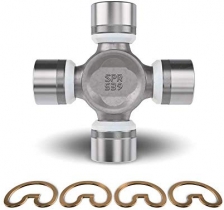-
Welcome to Tacoma World!
You are currently viewing as a guest! To get full-access, you need to register for a FREE account.
As a registered member, you’ll be able to:- Participate in all Tacoma discussion topics
- Communicate privately with other Tacoma owners from around the world
- Post your own photos in our Members Gallery
- Access all special features of the site
2015 Tacoma TRD Sport Brake Bleeding....??
Discussion in '2nd Gen. Tacomas (2005-2015)' started by Crow Horse, Feb 19, 2018.


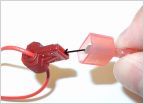 Another LED Wiring question
Another LED Wiring question DIY Rear Seat Delete/Dog Platform
DIY Rear Seat Delete/Dog Platform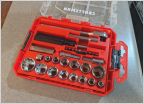 2nd Gen Tool Kit
2nd Gen Tool Kit 2005 Tacoma prerunner 4 cylinder manual
2005 Tacoma prerunner 4 cylinder manual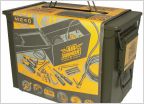 Experience with Air Armor M240 Air Compressor?
Experience with Air Armor M240 Air Compressor?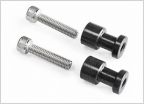 Best Bed Extender?
Best Bed Extender?




























